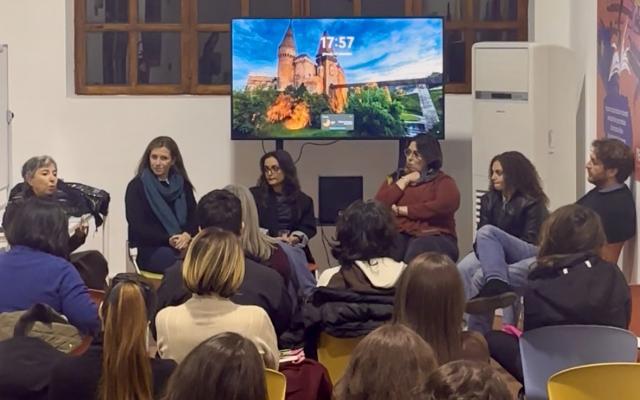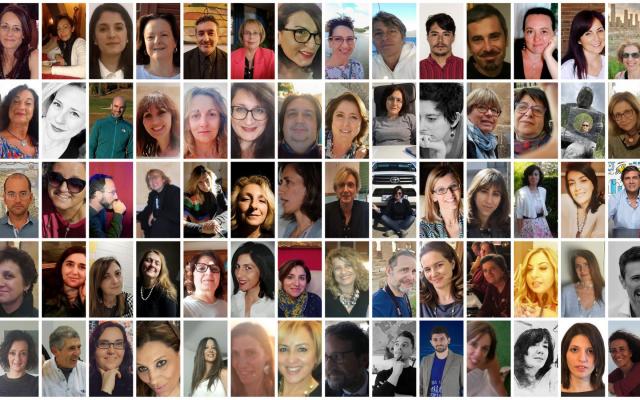“Our School” Professors: an interview with Giorgia Moschini.
This is the fifth instalment of our series of interviews with “Our School” Professors. Today, we meet primary school teacher Giorgia Moschini who developed the first unit of Integrated Digital Citizenship and Sustainability in Primary School (Erickson, 2023) together with Lara Rollo, Barbara Avella, Mauro Crepaldi and Angela Fumasoni. The unit is entitled “Brr … Che Caldo!” and is based on the difference between meteorological weather and climate; knowing how to read, represent and interpret data; global warming and its effects on our planet, and finally the discovery of objective 13.3 of the Agenda 2030. This type of learning is based on a scientific approach which involves the use of innovative and inclusive methodologies such as learning by discovery, inquiry-based science education (IBSE), project-based learning (PBL) and cooperative learning.
INTERVIEW
Can you summarize the activity you personally followed and addressed in the book?
I collaborated with colleagues Barbara Avella, Mauro Crepaldi, Angela Fumasoni, and Lara Rollo, on a unit entitled “Brr … Che Caldo!” on global warming. In connection with Civic Education Guidelines and Objective 13.3 of the Agenda 2030 (Improve education, awareness and human and institutional capacity regarding global warming mitigation, adaptation, reduction impact and early warning), we aimed to raise awareness among our students, citizens of the near future, on this important topic, touching upon digital, scientific, technological and social skills.
In the part that I personally worked on, I presented my students with a photo of that "pale blue dot" which portrays the Earth from six billion kilometres away. The photo was taken in 1990 by NASA's Voyager probe by Carl Sagan, an American astronomer and popular scientist. In that image, the Earth is a pale blue dot of light, within a ray of the sunlight. In 1994, in his book “Pale Blue Dot: A Vision of the Human Future in Space,” Sagan provided a profound reflection which will be used as the starting point for work in class. In Sagan's significant words, the invitation to protect our planet stands out strongly. It’s the only one we have; there is no planet B. From here, through brainstorming, students share their thoughts, looking for concrete solutions to provide a contribution.
To encourage the playful aspect of the activity, students are asked to build a golden disc to send into space (just like the gold discs on the Voyager probes), with a QR code containing a short message that the children of Earth would like to send to their peers in space. The activity was included in a presentation created with Canva and concluded with a quiz, created on the Wordwall Platform.
What was the added value of the proposal for your classes? Have suggestions for additional activities or new needs emerged?
The added value was certainly provided by the students. My experience confirms that every time that a teacher proposes, invites, stimulates students, they are the ones who add the human value to activities, through their own rereading and reworking of what was presented. Civic skills were stimulated through a peer discussion phase, and it is precisely in this phase that students showed great attention and sensitivity in understanding the delicate topic, trying to analyse it from a civic point of view, comparing ideas and possible solutions. The technological phase allowed them to work with digital platforms to materialize their initial considerations and reflections.



